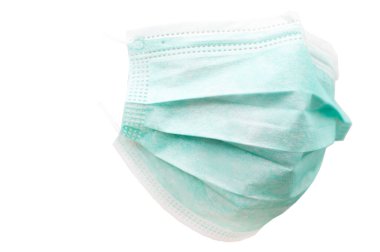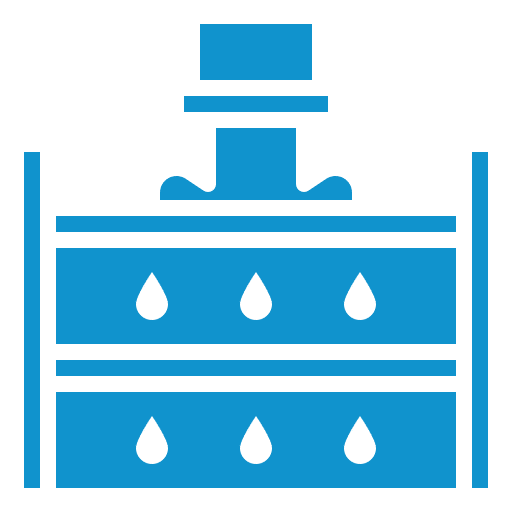As reported by Mark Cragin in his article for Textile World titled “Nonwoven Fabrics + Ultrasonic Welding = Face Masks for the World,” the global demand for medical-grade face masks, including N95 respirators, surged dramatically during the onset of the COVID-19 pandemic in early 2020. The World Health Organization estimated a staggering 89 million medical masks were needed globally each month just to protect healthcare workers. In response, manufacturers worldwide scrambled to ramp up production, including those in the United States, Australia, India, and other countries.
Central to this increase in production is ultrasonic welding equipment, a critical technology used to bond multiple layers of nonwoven fabrics to create medical masks. This technology allows for the mass production of personal protective equipment (PPE) like face masks, gowns, and other disposable items. The key to effective PPE is in the multilayer construction of the materials used, particularly the spunbond and meltblown polypropylene layers. The middle meltblown layer, when negatively charged, helps filter out pathogens, making masks like the N95 respirator highly effective for medical personnel working in high-risk environments.
Ultrasonic welding plays a crucial role in this construction by converting electrical energy into high-frequency mechanical vibrations. These vibrations create frictional heat that melts the thermoplastic material, bonding the layers of the mask together. This method is precise and efficient, making it ideal for large-scale production of medical-grade masks.
The pandemic has highlighted the need for reliable and robust supply chains for PPE, leading to significant investments in nonwoven production and ultrasonic welding equipment. As manufacturers continue to meet the ongoing demand for masks, innovations in technology like ultrasonic welding are ensuring that high-quality masks are produced quickly and cost-effectively.
Click here to learn more about Fairway Products’ capabilities.
Article with all rights reserved, courtesy of textileworld.com.




